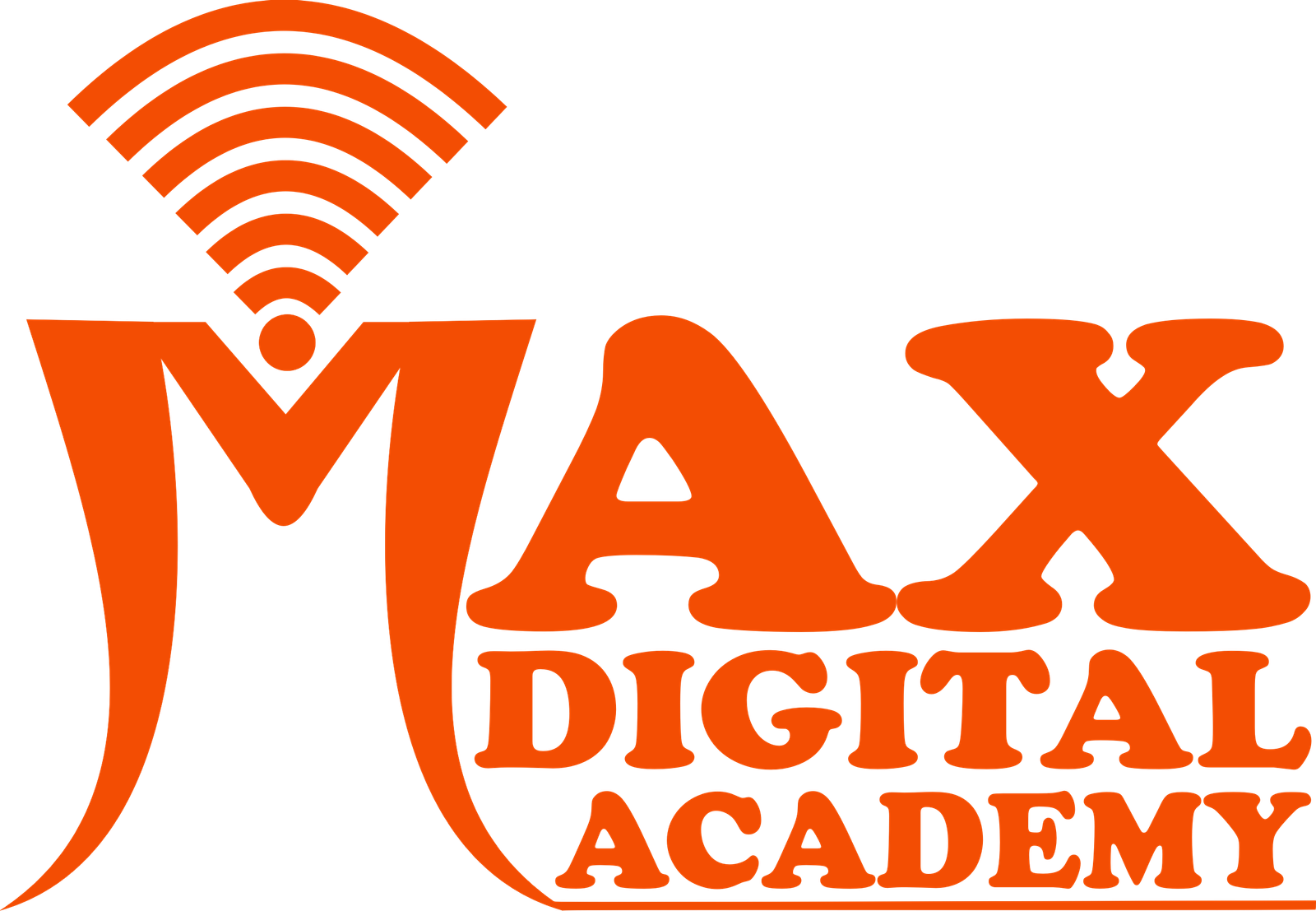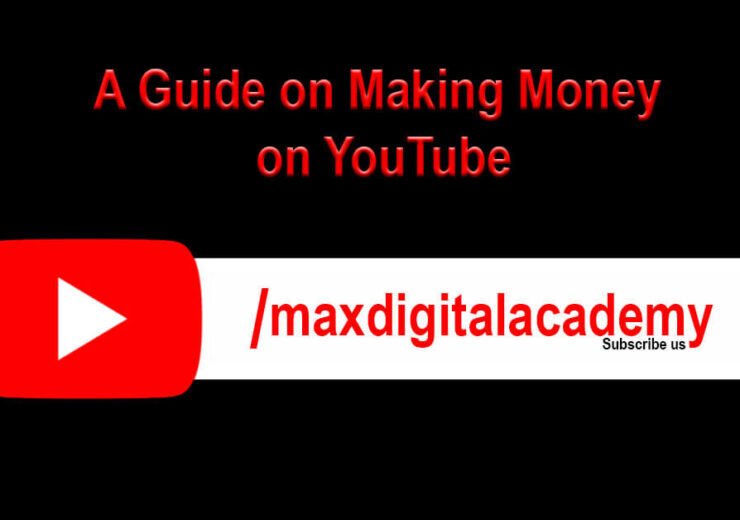10 Best SEO Techniques To Use In 2023

Best SEO Techniques
Ever wonder why your website is not ranking on the top of the Search Engine Results Page (SERP)? The reason could be the poor implementation of SEO. SEO stands for Search Engine Optimization, which is a proven strategy for driving organic traffic to your website or brand. In this article we will discuss about 10 best SEO techniques which can really bring more visibility and traffic to your website.
53.3% of all the website traffic comes from organic search.
You see, that’s the power of SEO!
SEO is basically a sub-part of digital marketing, that every brand or organization is taking advantage of. Google tends to change its algorithm frequently for the betterment of its users and how it actually works. Though, SEO will always shine bright whenever it comes to ranking.
Which SEO technique is more beneficial? On-page SEO or Off-page SEO?
As far as the best SEO technique is concerned, we need to focus on both On-page & Off-page SEO.
SEO can be classified into two types- On-page & Off-page SEO
On-page & Off-page SEO can be two different gold mines, generating a lot of traffic and eventually revenues, if done right. But getting the gold out of the mines has never been an easy task. You have to put a lot of effort to achieve the desired results.
So, without further ado, let’s quickly dive into these best SEO techniques:
What is On-page SEO?
On-page SEO or on-site SEO is one of the best SEO technique to practice for optimizing your website in such a way that it ranks on the top of the SERP. Now when I say Optimizing your website it means optimizing the core functionalities of your website that is visible to your audience (frontend).
Here’s the list of some critical factors of on-page SEO, that can influence your ranking:
Title tags
Title tags are an important factor in on-page SEO. It represents what your page is all about in the form of a title or main heading. Here’s how the title tag looks like on SERP:

Some of the basic principles for writing an effective title tag is:
- Maximum length can go up to 60 characters including space (not more than that)
- Use keywords in your title tag (make sure they look natural, don’t stuff)
- Make it interesting and informative
Meta description
Meta description exists just below the Title tag. It is a short description that tells the audience about your website or any specific page. An effective meta description can be anywhere from 150-160 characters. And the ideal length for getting featured as a snippet on Google is 155-160 characters.

However, Google will automatically create a meta description if it is missing. Though, it is recommendable to create a rich, informative, and engaging meta tag on your own. And even add some SEO optimized keyword for ranking purposes, but make it sound natural.
Uniform Resource Locator (URL)
URL might seem insignificant and doesn’t have an impact on-page SEO, right?
Wrong.
Choosing an appropriate URL for your website is a must. Many people find it futile and end up creating this:
www.example.com/r/tt4r56tl59n6s9865a/report.html
Did you get it? No, right?
Now, look at this:
http://maxdigitalacademy.com/5-best-content-writing-tips/
This was crisp and self-explanatory, right?
Build your URL user-friendly by making it easy to understand and readable.
You can even add the relevant SEO keywords to your URL but again, it should not be stuffed and looks natural.
Heading tags (H1, H2, H3, H4)
Heading tags generally contains 6 types- H1, H2, H3, H4, H5, H6
- H1 is meant for the headline of any blog/article etc.
- H2 is used to convey the sub-headings or sub-titles and,
- H3 is what you write your content in.
The H4, H5, and H6 tags are less prioritized because of their size offerings and how they work.
Here’s a quick example of how these tags appear:

Again, sprinkling relevant SEO optimized keywords that look natural to your Heading tags can work wonders for you. It is one of the major factors of ranking on SERP and can put you at an advantage.
Image alt text
Alt text image is defined as the description of the image that fails to load on your website, due to any possible reason. It is basically a back-up that can give your readers a glimpse of what the failed image is about, in the written form.
Here’s what you need to write a fruitful alt text image:
- Make it simple, short, and informative
- Optimize it for SEO by using relevant keywords
- Do not stuff keywords
- Do not use words like “image of,” “picture of,” etc.
For instance:

What would be the alt text for this image?
<img scr=”Placed_Student.jpeg” alt=”recently placed student of MDA”>
If you thought the same, yay! You’re right. But if you didn’t, that’s fine too as the alt text can be anything as long as it is relevant.
Websites performance
Are you willing or struggling to rank your website on the top page of the SERP?
The performance of your website plays a vital role in ranking and user-experience. Google considers performance factors like- Page load time, responsiveness, interface, etc. and ranks accordingly.
In a survey, it was said that 61% of the searches on Google are done on mobile devices. And Google is the leading search engine that handles over 3.5 billion search results per day.
Google doesn’t joke around with its ranking algorithms and user-experience. And you shouldn’t even. Violating laws like- plagiarized content, etc. can put you in a lot of legal issues.
Website page load speed is a crucial factor in ranking. It is said that 40% of the users will leave a website if it takes more than 3 seconds to load a page.
Wonder how to check your website page speed and other similar factors? Google PageSpeed Insights allows you to check your website page speed and more factors like- Time to interact, First contentful paint, suggestions to improve page load speed, and much more. You can access your website score for both mobile and desktop devices.
XML sitemap
XML sitemap basically collects all the URLs of your website. It is performed so that the search engine knows what content the website possesses and what is the way to reach out to it. It is implemented to endeavor the website crawlers for and efficient indexing of websites that:
- Frequent changes on the website
- Adds new pages frequently
- Already possess hundreds or thousands of pages
What is Off-page SEO?
Off-page SEO refers to the steps or actions you take in order to make your website rank on the SERP. Off-page is another best SEO technique which affects ranking & visibility among SERP’s. There are several tactics you need to implement to get the best out of it for you and your website like- brand awareness, Domain Authority (DA), leads and conversions, etc.
Off-page SEO is basically you, putting efforts to promote and linking your website to others in search of achieving above mentioned factors.
Below are the steps to an effective off-page SEO strategy:
External link building
External link building is one of the major factors in increasing your websites DA.
Take it as you are scrolling to your Instagram feed and found an interesting video. Now, to watch that video you clicked on the provided link and it redirected you to YouTube. In this, YouTube is the platform getting a backlink from Instagram.
No doubt creating backlinks or external links is one of the best SEO technique. But wait, pointing out to any website or getting backlinks from a website that is spammy or not authoritative can degrade your websites DA. And you wouldn’t want that right?
Analyzing the website and try to get insights. See if the website is authoritative and credible. If yes, go ahead and give them a backlink and you can ask for one back.
Initially, it might be difficult to get backlinks from sites that are reputed. But you can always look out for your competitors that which sites they are pointing to and if they are getting a link back. If they do, there are chances they might link back to you.
Internal link building
Internal link building and external link building both come under “Backlinks” and are equally important. Building Internal Link is called a practice of giving backlinks to different pages of website.
Suppose, there is a reader on your website, reading one of your blog on “How to start freelancing.” Afterward, he/she is interested in reading “How much money freelancers earn?” and fortunately, you have that blog on your website.
But the reader isn’t aware of that. And most likely he/she will jump back to google and search for a new blog to read.
In this scenario, you can backlink “How much money freelancers earn” onto your blog “How to start freelancing”
This way you can increase your traffic on every page, on-page time will also get a rise.
Social Media Sharing
The power of social media is mind-blowing. In 2019, over 246 million people in the US were using social media networks. And that number is expected to reach approximately 257 million by 2023.
However, social media do nothing to increase your DA and several other factors. But it is recommendable to put those “social shares buttons” so users can share your blog/article directly if they like it. Yes, it may not increase your DA but it can be an excellent source of generating traffic, increasing brand awareness, etc.
Forum sites
Forum sites again do not affect your websites Domain Authority (DA) but it is an effective way of redirecting a vigorous amount of traffic to your website. Chat sites or forums are designed where people across the globe can ask their queries and get answers to them.
Answering questions similar to your domain and linking back to your website can bring in a lot of new audiences.
One thing to keep in mind- Do not answer questions just for the sake of getting traffic. In fact, value the user and answer honestly. This way you will earn credibility and eventually the user might become a lead.
Which is more beneficial- On-page or Off-page SEO?
The simple answer is BOTH.
On-page SEO is what users see on your website and off-page SEO is how users get to know about your website or brand or product. So, both are equally important.
An arrow has no meaning without a bow and vice versa. Similarly, on-page & off-page SEO apart would have no meaning.
Practicing these best SEO techniques together is a win-win situation.
Career opportunities in Search Engine Optimization
Once you learn the know-how, you can easily manage SEO for your website. You can even start your career as an SEO expert. As every company wants to tap the organic traffic on their website, lots of openings flood the job market. You can even take up freelance Search Engine Optimization projects and start your freelance career.

![Top 13 Benefits of an Online Community [UPDATED]](https://maxdigitalacademy.com/wp-content/uploads/2020/11/Online-Community-150x150.jpg)


